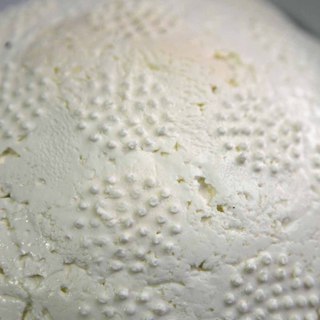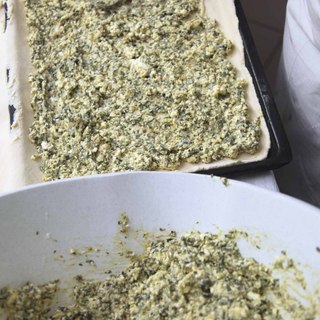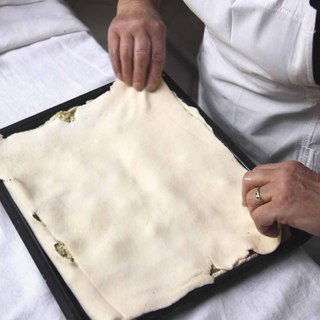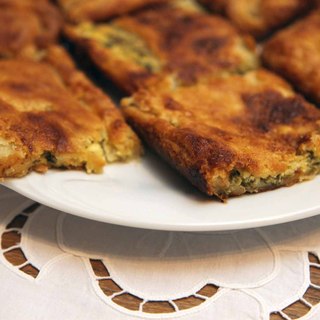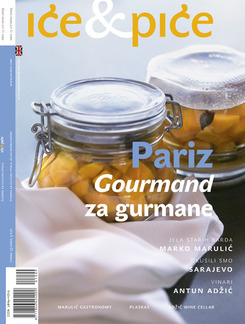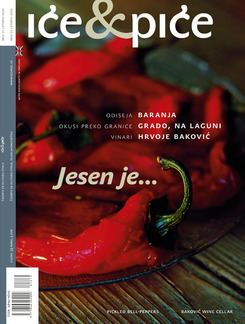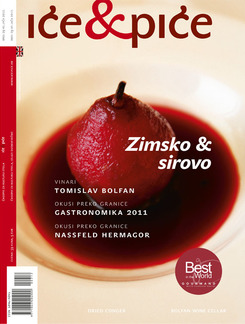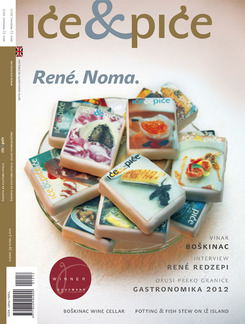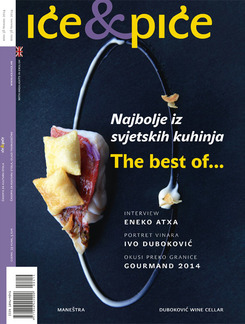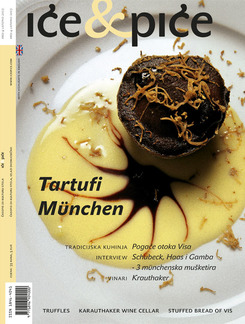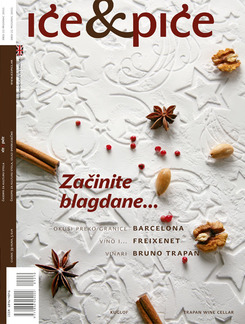When our way took us to the grape-growing and wine-producing area of Plešivica, not far from Zagreb, we had no suspicion that in addition to a really superior glass of wine we were going to try something outstandingly tasty. The savours were so magical that we rolled up our sleeves, and with Katarina, the grandmother, and her daughter Mirjana, we prepared Plešivica copanjak, an original and traditional dish of the Jastrebarsko region.
Every place has a song of its own... and every region has a dish of its own, the roots of which go back into the distant and sometimes unknown past. Which versatile cook left this indelible mark, who thought it up, shaped and breathed life into – all this is seldom remembered. And it is not all that important, for the authentic recipe is handed down through the generations. Dishes the roots of which are in some little rural regions on the whole have a similar secret, hidden in the simple combination of tastes and the freshness of home-produced ingredients, mainly off the land around the holding. We can assume that all of us in our hearts have something special that is always and again a new source of gladness. These are flavours that are not forgotten and that link us for ever with our birthplace, some special event or atmosphere.
On every journey I like trying something indigenous, something particular to the region. In this way I have the idea that I can the easier understand the different cultures, customs and people, and some of dishes send me back to a long distant past that I have never even known. But without all that, there’s nothing finer than savouring a recipe at the place of its origin.
One area called it copanjak, the other greblica. Greblica comes from the bread oven it’s baked in, it would take the form of the ancient baking paddle or peel, called greblica, used to put it in and take it out of the oven. But it’s the same dish. My mum was taught by hers, and our grannies were good at combining the same ingredients. In the past it was a cake that was usually made on Friday, and at the time of a fast it would served, after some modest stewwed vegetable dish, as cake. Today it’s served as a warm appetizer...
Katarina explained to us To the question of how it is possible to serve something that is warm and savoury as a pudding, Katarina replied with a smile that the taste was so full, rich and delicious that the juices would start running down your arm as soon as you put it to the mouth. And anyway, in those impoverished times, real cakes were seldom made, and copanjak was taken to be and served as a real, tasty and calorific treat.

